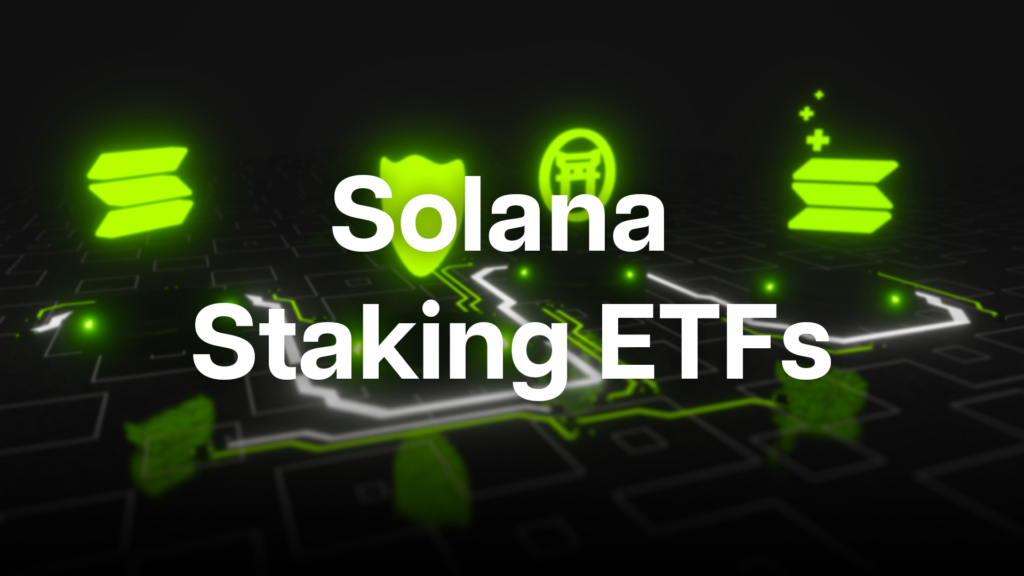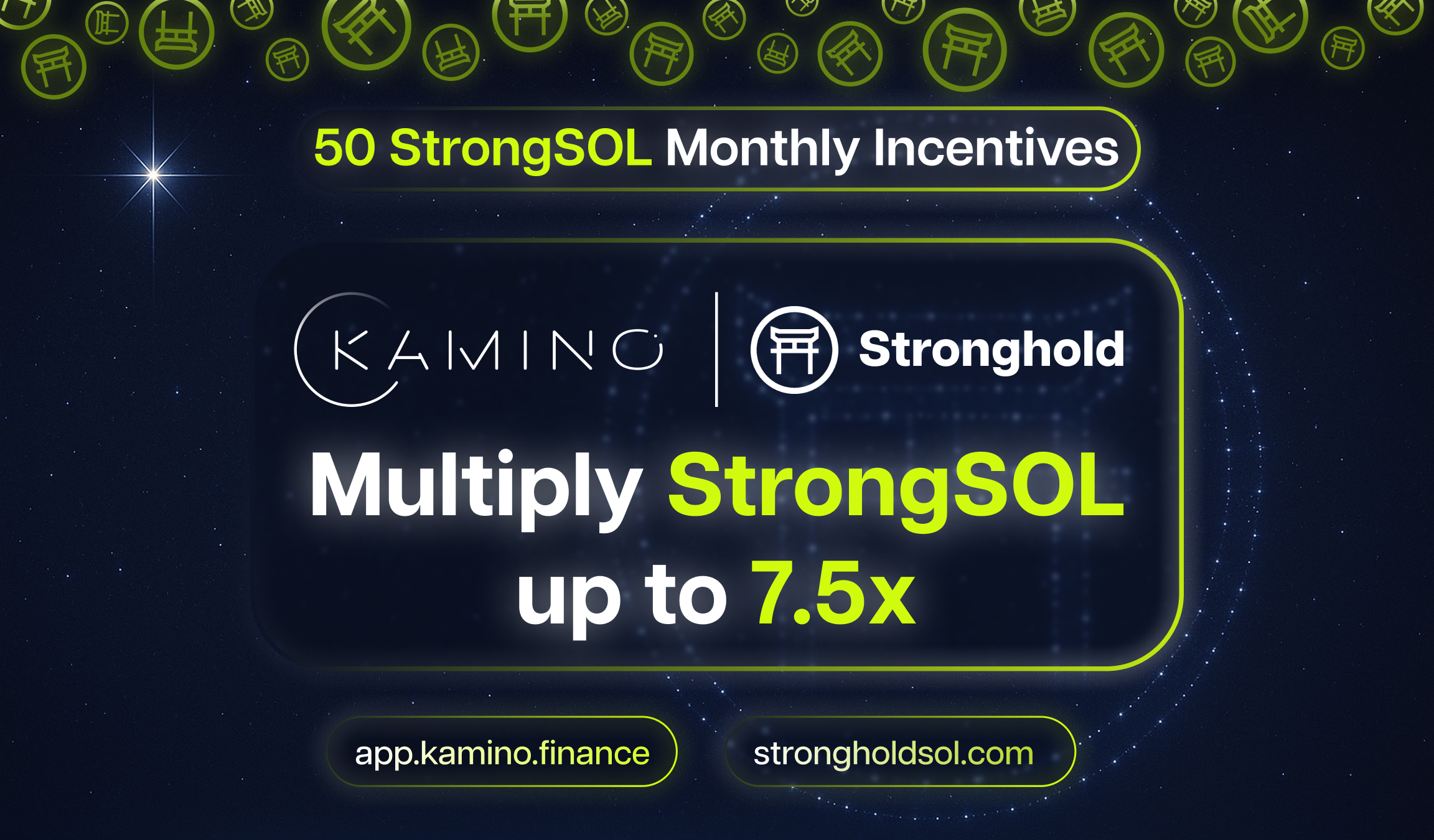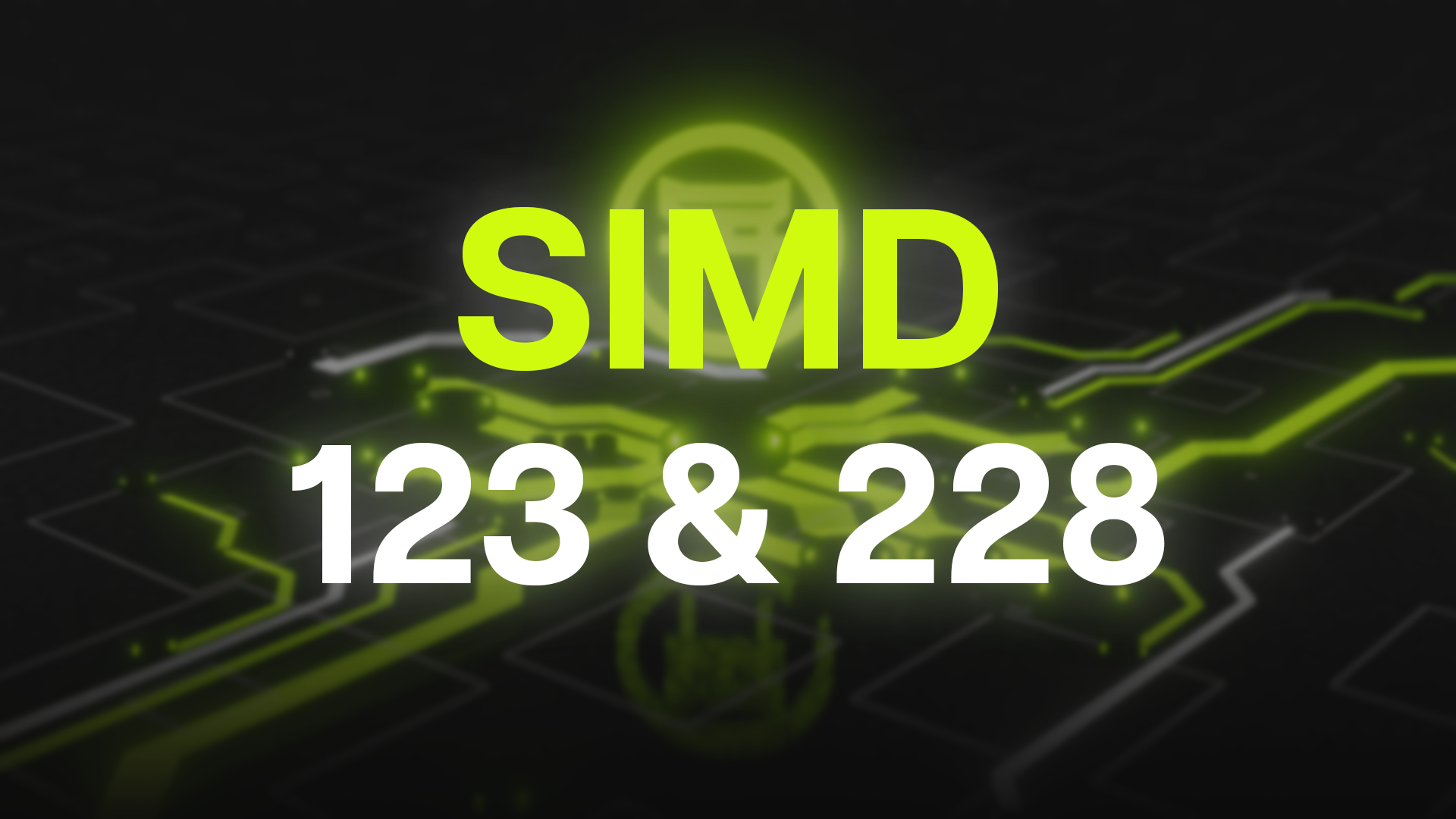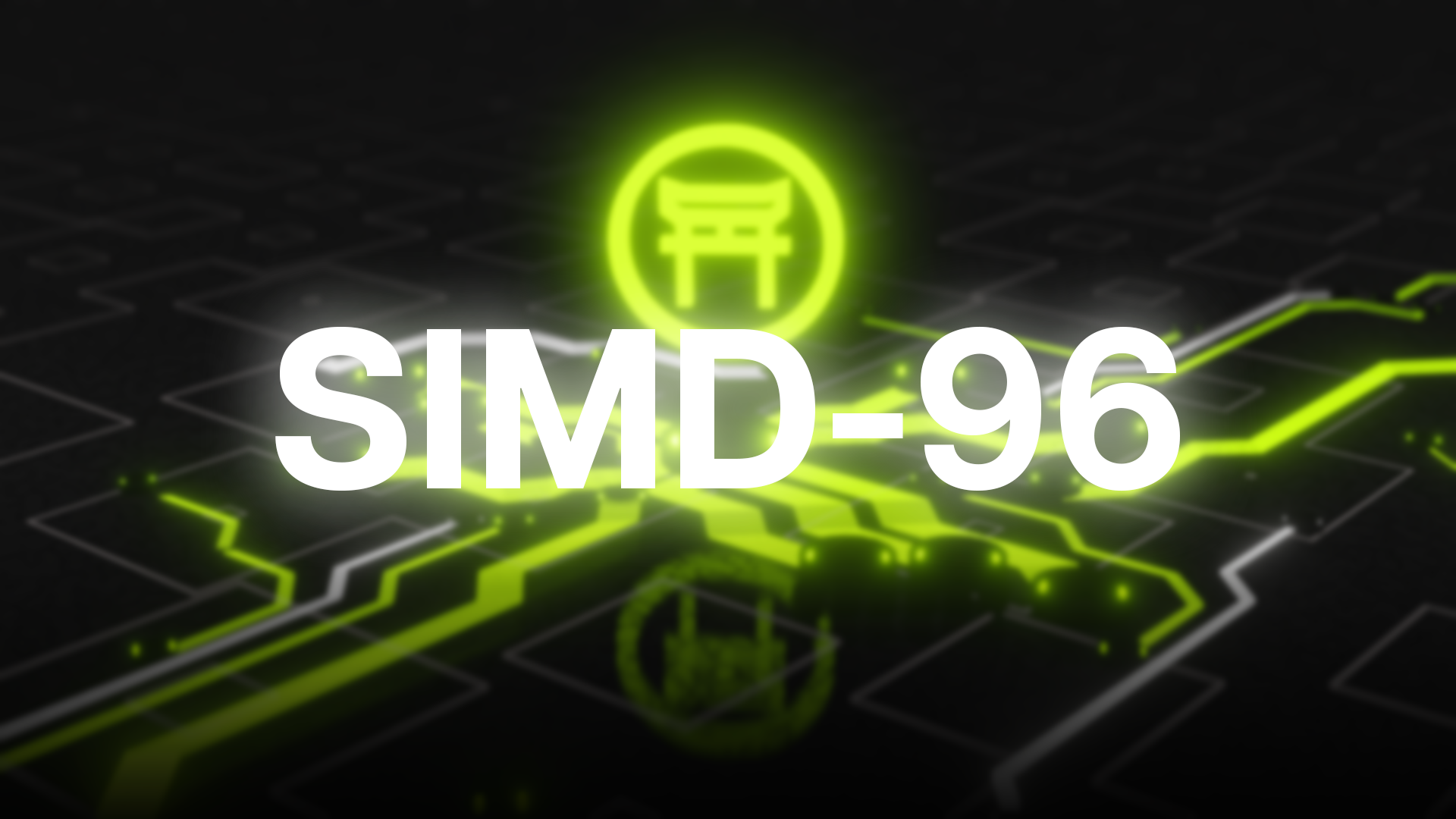Integration, Implications, and Potential
Solana staking within Exchange-Traded Funds (ETFs) represents a fascinating fusion of cryptocurrency innovation and traditional investment vehicles. This article dives deep into the integration, implications, and potential of Solana staking in ETFs, offering a comprehensive guide for crypto enthusiasts and traditional investors alike. As of April 2025, this space is rapidly evolving, shaped by regional regulatory differences and growing investor interest. From the current landscape to technological challenges, we’ll explore what makes Solana staking ETFs a compelling yet complex opportunity.
Current Landscape of Solana Staking in ETFs:
The integration of Solana staking into ETFs is already underway, particularly in Europe. A standout example is the 21Shares Solana Staking ETP (ASOL), launched on June 30, 2021, and domiciled in Switzerland. This exchange-traded product (ETP) is 100% physically backed by SOL tokens, securely held in cold storage by Coinbase Custody Trust Company, LLC. ASOL tracks Solana’s price performance while capturing staking yields, which are reinvested to boost returns. As of April 8, 2025, ASOL boasts a staking yield of 4.86% and manages €600 million in assets, underscoring its prominence in the market.
In the U.S., however, the landscape is less mature due to regulatory hurdles. Recent filings from major players like Franklin Templeton propose Solana ETFs with staking capabilities, but these await approval. Meanwhile, Grayscale’s Solana Trust has excluded staking to align with SEC requirements, and Volatility Shares launched the first U.S. Solana ETFs on March 20, 2025, focusing on futures rather than staking. This contrast highlights a key divide: European investors enjoy staking-enabled products, while U.S. investors are still navigating regulatory uncertainty.
Regulatory Environment:
The regulatory framework for Solana staking in ETFs varies widely across regions, influencing their development and adoption.
Europe’s Progressive Stance
In Europe, regulators have embraced cryptocurrency investment products, enabling staking within ETFs like ASOL. This permissive environment has fostered innovation and investor access to staking yields.
U.S. Caution and Uncertainty:
In the U.S., the Securities and Exchange Commission (SEC) has taken a more cautious approach. Staking has been a sticking point, with the SEC requiring its removal from crypto ETF applications—evident in the Ethereum ETFs approved in July 2024. Recent Solana ETF filings from firms like Grayscale, Fidelity, and Franklin Templeton signal progress, with analysts estimating a 78% chance of approval in 2025. However, initial approvals may exclude staking due to concerns about proof-of-stake networks being classified as securities. Speculation about potential SEC leadership changes adds further uncertainty, while compliance with AML (Anti-Money Laundering) and KYC (Know Your Customer) requirements complicates staking integration.
Future Outlook:
The regulatory landscape remains fluid. As markets evolve, shifts in policy could unlock staking opportunities, particularly in the U.S., bridging the gap with Europe’s more advanced offerings.
Performance and Risks:
Solana staking ETFs blend the volatility of SOL’s price with the steady income of staking rewards, creating a unique risk-reward profile.
Performance Metrics
For the 21Shares Solana Staking ETP (ASOL), performance reflects Solana’s turbulent market. As of April 2025, ASOL’s year-to-date return stands at -47.39%, with a 1-year return of -37.52%. Despite these losses, the 4.86% staking yield provides a buffer, enhancing long-term returns. Historical volatility is high, with a 1-year volatility of 83.47% and a maximum drawdown of -95.84% since inception, illustrating the wild ride investors face.
Key Risks:
Investing in Solana staking ETFs comes with several risks:
Market Volatility: SOL’s price fluctuations can significantly impact ETF value.
Regulatory Risks: Policy shifts could alter staking eligibility or ETF structures.
Network Stability: Past Solana network outages have disrupted staking rewards and performance.
Slashing Risk: While Solana currently lacks in-protocol slashing (penalties for validator misbehavior), operational risks remain.
Operational Challenges: Managing staking within an ETF requires robust validator selection and reward distribution.
Liquidity Concerns: New or low-volume ETFs may face trading inefficiencies.
Despite these challenges, the staking yield makes these ETFs appealing for risk-tolerant investors seeking diversified crypto exposure.
Investor Interest and Market Trends:
Investor enthusiasm for Solana staking ETFs is on the rise, fueled by Solana’s reputation as a fast, cost-effective blockchain and broader crypto adoption trends.
Growing Demand:
Institutional Moves: Filings from heavyweights like Franklin Templeton, Grayscale, VanEck, and Bitwise signal strong institutional interest, with Franklin Templeton explicitly proposing staking features.
Asset Inflows: European products like ASOL have drawn significant capital, while U.S. investors eye Solana ETFs as a follow-up to successful Bitcoin and Ethereum offerings.
Market Sentiment: Bloomberg analysts peg the odds of U.S. Solana ETF approval in 2025 at 70%, though staking may be deferred initially.
Bridging Traditional and Crypto Finance
The surge in interest reflects a desire for regulated, accessible exposure to Solana. Institutional adoption is accelerating, positioning Solana staking ETFs as a potential bridge between traditional finance and the crypto ecosystem. However, regulatory uncertainty tempers this optimism, particularly in the U.S.
Technological Integration:
The mechanics of embedding Solana staking into ETFs showcase both innovation and complexity.
How It Works:
Staking Process: ETF issuers hold SOL tokens in custody, delegating them to validators to earn rewards. For ASOL, these rewards are reinvested to enhance performance.
Validator Selection: Choosing reliable validators is critical to avoid downtime or penalties.
Custody: Institutional-grade solutions, like Coinbase Custody, ensure secure storage of SOL tokens.
Innovations:
Products like ASOL demonstrate how staking can seamlessly integrate into ETFs, offering exposure to SOL’s price and staking yields within a familiar investment wrapper.
Challenges:
Regulatory Alignment: Adapting staking to meet compliance standards, especially in the U.S., is a hurdle.
Operational Efficiency: Managing validator performance and reward distribution demands precision and expertise.
These technological advancements highlight the feasibility of Solana staking ETFs, with ongoing improvements addressing both investor and regulatory needs.
Conclusion:
Solana staking in ETFs is a dynamic and promising development, blending the high-growth potential of cryptocurrency with the structure of traditional finance. Europe’s 21Shares Solana Staking ETP offers a glimpse of what’s possible, while U.S. investors await regulatory greenlights. Performance is volatile yet buoyed by staking yields, and risks—while significant—are balanced by growing investor interest and technological progress. As the market matures, Solana staking ETFs could redefine how investors engage with crypto, making them a space to watch for both enthusiasts and traditionalists alike.
This article is designed to inform and engage readers. For the latest updates, consult financial news sources and regulatory announcements.







